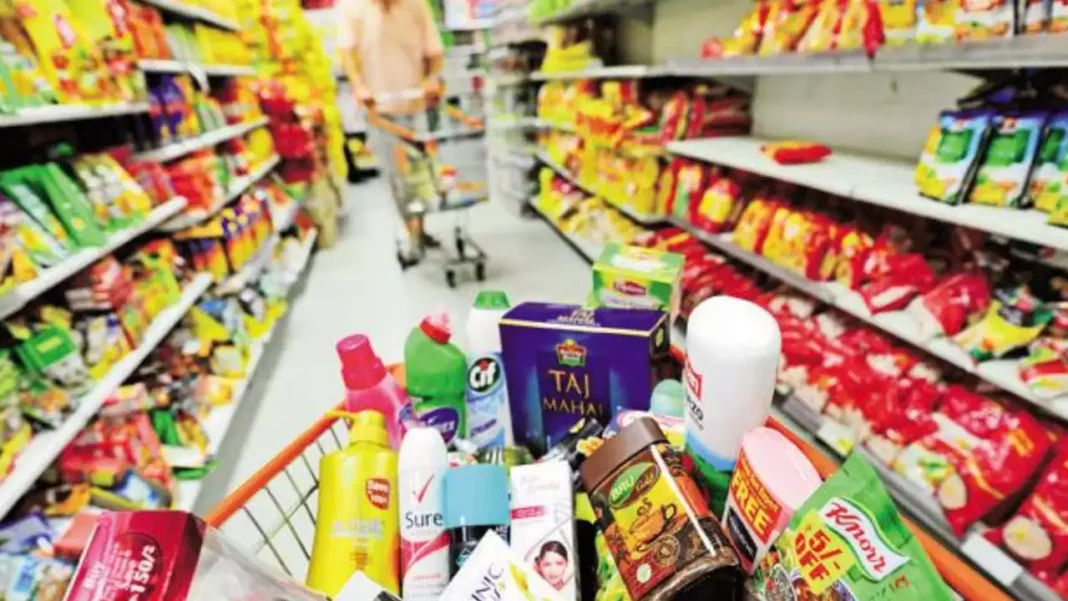Hindustan Unilever and United Spirits collectively showcase a juxtaposition that appears to underscore the prevailing purchasing patterns in India’s consumer market. While premium brands are swiftly gaining popularity on the shelves of the nation’s largest consumer goods and alcoholic beverage companies, lower-priced mass-market products are lagging behind in comparison.
“At the premium and luxury ends, they (consumers) are continuing to spend, continuing to experiment, continuing to do repertoire drinking, especially experimenting with the white spirits, drinking at home,” Hina Nagarajan, managing director at Diageo-controlled United Spirits, told investors in a post-earnings call. “However, Middle India, or the value-oriented consumer, is actually cutting down on the number of occasions (to spend) to manage their money.”
The producer of Johnnie Walker and Smirnoff recorded a 12.4% decrease in volume within the mass-priced segments, whereas the more expensive prestige and above categories experienced a 10% growth in the December quarter. The Indian division of the largest distiller globally anticipates the persistence of this purchasing behavior trend in the upcoming couple of quarters.
At Hindustan Unilever, the country’s biggest consumer company by both sales and market value, the story isn’t vastly different. The FMCG bellwether said its premium portfolio expanded more than two-and-a-half times the mass segment over the past few quarters.
“In rural areas, there are people who can afford and spend money, and hence, the premium portfolio in has also grown well – like it has grown in urban parts of the business,” Rohit Jawa, managing director, Hindustan Unilever, told investors after the December-quarter earnings. “We have always seen that essential and discretionary are the two realities of (the) rural (market).”
Continue Exploring: Major consumer goods companies overhaul distribution strategies to revitalize rural markets and boost sales amidst sluggish demand
Experts believe that this contrast in purchasing choices is a result of income inequality and is not specific to any particular market. For example, in rural India, which constitutes almost 40% of the overall FMCG market, there was a significant decline in demand over the past year, attributed to inflation and unpredictable monsoons. In contrast, urban areas seem to lead in overall consumption demand across various categories. Urban incomes, often tied to organized sectors of the economy, demonstrate greater resilience to business cycles and offer more robust protection against broader inflationary pressures.
“Even if the consuming class, mainly upper and middle class, saw an impact on their incomes, it is still not significant to affect their discretionary spends,” said Devangshu Dutta, founder of Third Eyesight, a strategy consulting firm.
“There is a buffer available for higher income growth and it will hit them later in any economic downturn. At present, it is felt in the lower-income segment.”
Over the past decade and a half, consumer companies have bolstered sales by promoting both higher-end and budget-friendly products. While these companies maintain budget-friendly options in their portfolios, a decline in purchasing power, especially in rural areas, has seemingly impacted demand at the more affordable end of the market.
“The real pressure on the wallet is on the lower side, where we do see upgrades are not happening from country liquor to either the popular category or the lower end of prestige,” said Nagarajan at United Spirits.
Continue Exploring: Consumer goods companies ramp up advertising and promotional efforts, capitalizing on improved margins and market opportunities


